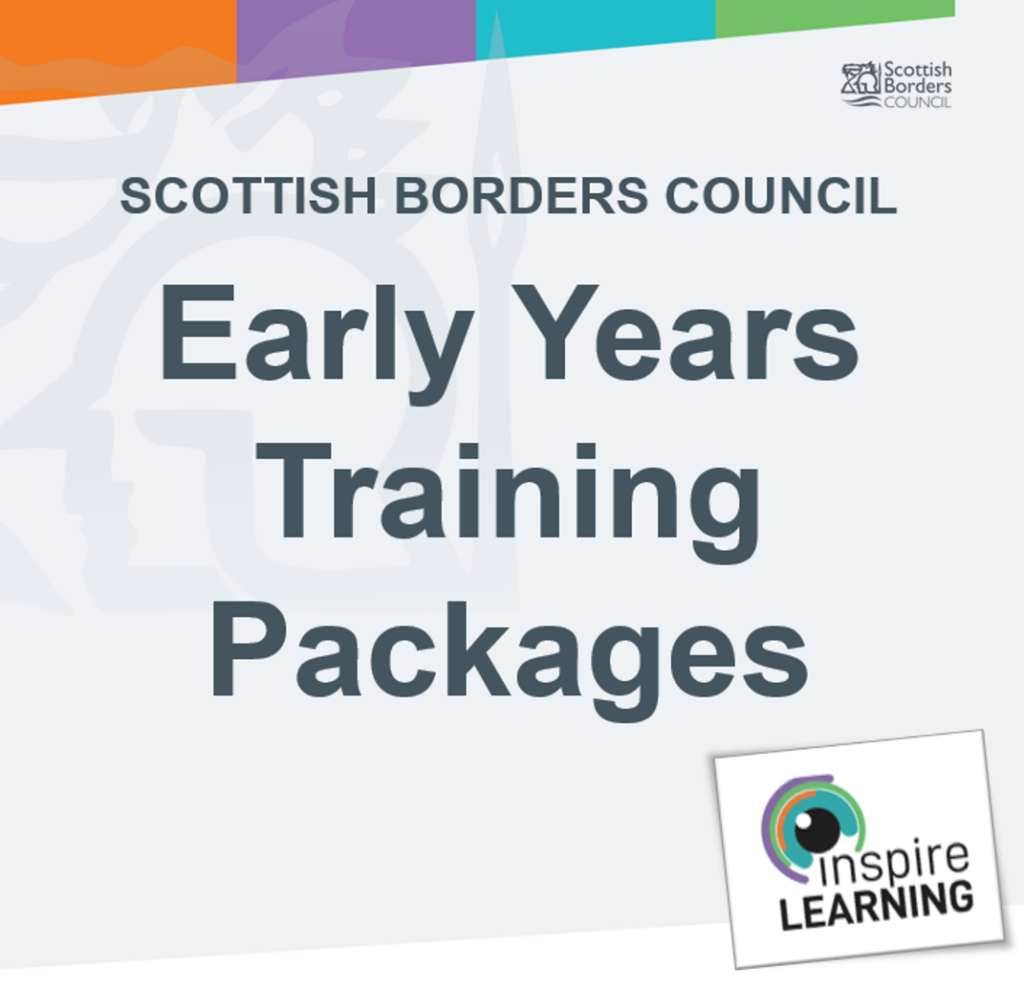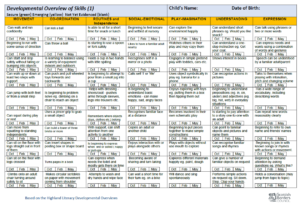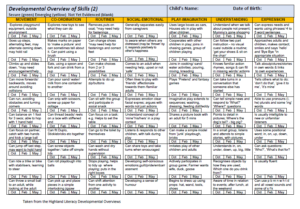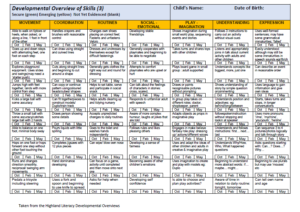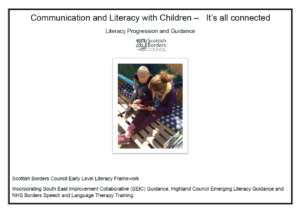Emerging Literacy & English
Concepts of Print, Pre-Reading & Emerging Writing
What is it?
Concepts of print are the skills, knowledge and understanding that children need to develop pre-reading and pre-writing skills. They need to know how to use and handle books, make-marks that convey meaning to create their own texts (emergent writing), and use and enjoy texts for information and pleasure.
“Emergent writing is children’s earliest attempt at written communication. In its earliest stages, writing looks like scribbling and drawing and eventually begins to include letters of the alphabet, invented spelling, conventional spelling, and basic grammar.”
(Emergent Writing, Early Childhood Learning and Knowledge Centre, 2021)
Key messages:
- Practitioners must complete SBC Early Years Emerging Literacy training packages 1-4, and then use these sessions to support whole setting professional dialogue to evaluate current provision, develop practice and improve outcomes for all children.
- Practitioners use Scottish Borders Council Developmental Overviews and Literacy Trackers to identify and plan for the developmental stage of children’s pre-writing skills (see tabs at the bottom of this page).
- Knowledgeable practitioners share, value, understand and support the developmental progression or stages of reading and writing (Concepts of Print in Early Learning and Childcare, Highland Literacy).
This is inclusive of:
- Observing
- Interacting
- Planning
- Provision of opportunities
- Practitioners plan rich, daily, developmentally appropriate and progressive opportunities for:
- Phonological awareness and vocabulary development (underpinning reading skills)
- Mark making and pre-writing skills (underpinning emergent writing skills) both indoors and out
- The continuous provision provides engaging, exciting and stimulating opportunities for creative pre-reading and emergent writing across all spaces, indoors and out.
Ways we can do this:
Knowledgeable practitioners share, understand, value and support the developmental progression of stages of writing. This is inclusive of:
Observing: Practitioners understand what may be observed, in a progressive way, about the development of reading engagement and skills.
Highland Literacy, Concepts of Print can provide additional information regarding this.
Interacting: Practitioners model a ‘love of reading’. They read with passion and expression, modelling how to care for books and sharing experiences with the children.
Practitioners discretely model book elements and reading skills as they interact in 1:1 and small, planned, intentional and responsive sessions.
“Oh, this is one of my favourite authors (or illustrators)…”.
“I love how this character, scene, or storyline…”.
“The text in this book is really interesting; see how it…”.
“Hmmm, I keep losing my place. I’m going to follow the words with my finger.”
Planning: As above, book elements and reading skills should also be incorporated into intentional promotion and responsive planning.
Scottish Borders Council Developmental Overviews and Literacy Trackers are kept current and used to identify any shared gaps in learning. These gaps are targeted through the intentional promotion and individual lines of development using the children’s interests and dispositions to engage them further.
Provision of opportunities: Practitioners create developmentally appropriate and progressive opportunities for developing phonological awareness and vocabulary development which underpins reading skills.
See Oral Language and Phonological Awareness/Listening and Talking for additional information.
A designated ‘Book Nook’ or story sharing space in a quiet area is inviting has a well-considered selection of ‘levelled’ books with visible front covers that are easily accessible.
Well-considered books are available throughout the spaces, both indoors and out.
The ‘Story of the Week‘ approach explores different elements of the concepts of print and reading skills; for example, over the week, practitioners may:
- Tell the story using pictures only. This supports prediction and uses narrative and sequencing language, e.g. first, next, and then.
- Focus on book aspects, e.g. the front and back cover, spine, author, illustrator, and directionality while reading the story from start to finish.
- Retell the story in different ways, working together to act it out, role-play, use props and puppets.
- Share favourites focusing on character, setting, and plot.
Provision of developmentally appropriate and rich daily opportunities for reading-related experiences: Practitioners ensure environmental print supports a calm and inviting space, has meaning for, and is purposefully used with the children. Examples of this may include:
- Self-registration
- Visual schedules
- Snack and lunch menus
- Annotated or labelled displays of the children’s creations and work on a learning wall, learning journey or Floorbook contributions
- Risks assessments, e.g. for outdoor spaces, woodwork bench
- Real-life labelling of plants and herbs
- The use of the packaging within role-play areas alongside a representation of signs and print that may naturally be found in the home, including doormats, word ornaments and signs and wall art.
Learn more about Oral Language & Phonological Awareness/Listening & Talking
Learn more about (Pre-hand) Writing
Learn more about Emerging Literacy & English
Linked Areas of Practice
Oral Language & Phonological Awareness/Listening & Talking
(Pre-hand) Writing
Emerging Literacy & English
Tools
Reflecting on Practice
SBC Guidance to support
National Guidance to support
Further Reading to support
Training to support
SBC Early Years training video Concepts of Print:
Follow link for acronyms used in presentations
No supporting materials
To see all the SBC Early Years training videos visit:
